Explore Hawaii’s National Parks: An Unforgettable Adventure!
Hawaii’s national parks are some of the most breathtakingly beautiful places in the world. They offer visitors a unique opportunity to explore and discover abundant captivating landscapes, diverse wildlife, and rich cultural history. For those looking for a truly unforgettable experience, uncovering Hawaii’s many national parks will surely be an unforgettable adventure.
Unbelievable rainforests, jaw-dropping coastlines, vast canyons, towering cliffs, and active lava-erupting volcanoes! This national park offers something new and exciting waiting for you to explore: stunning views, thrilling hikes, tropical jungles, and hidden gems off-the-beaten path – there’s no shortage of awe-inspiring experiences awaiting your discovery in Hawaii.
Join me on this journey as we dive into all these destinations. Discover Hawaii’s fascinating culture, spot rare wildlife species, participate in activities like snorkeling or kayaking, admire majestic waterfalls – and more! It’ll be an expedition unlike any other. Let’s get started!
Overview
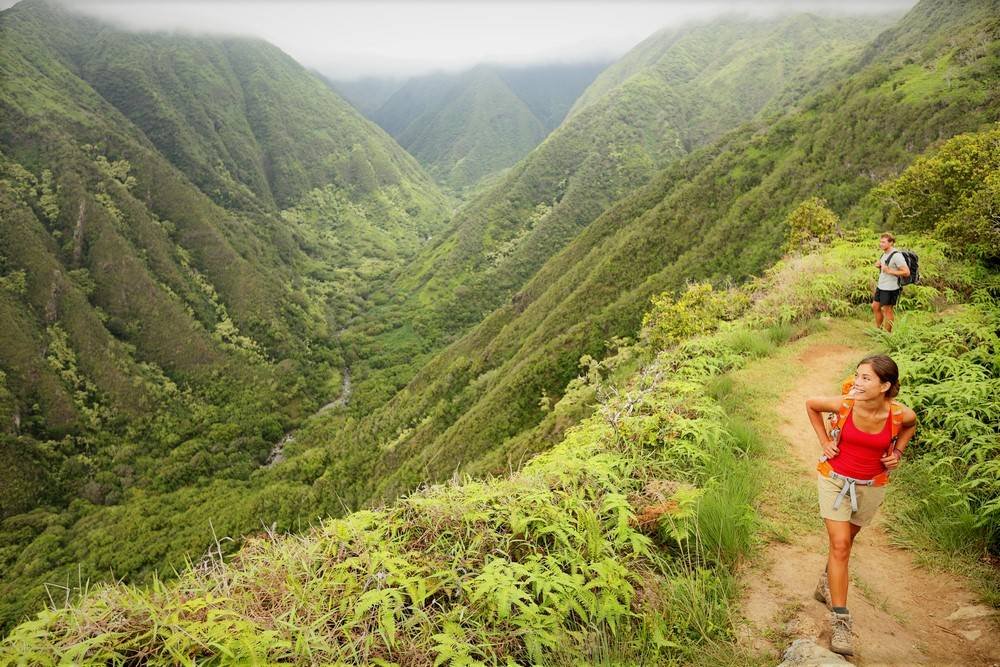
Hawaii has some of the world’s most beautiful and pristine national parks. From Haleakala National Park in Maui, with its stunning volcanic landscape, to Hawai’i Volcanoes National Park on the Big Island, these protected areas offer a wealth of recreational opportunities for visitors from around the globe. Exploring Hawaii’s national parks allows travelers to experience the islands’ diverse ecosystems and breathtaking scenery up close.
In addition to providing access to natural wonders such as lush rainforests, rugged coastlines, active volcanoes, and secluded beaches, many of Hawaii’s national parks offer unique cultural activities that provide insight into Hawaiian culture and history. For instance, at Puuhonua o Honaunau National Historical Park near Kona on the Big Island, you can explore ancient royal grounds and traditional places of refuge where violators of former Hawaiian laws could seek protection before being pardoned by the ruling chief. Additionally, Kaloko-Honokohau National Historic Park, located south of Kailua-Kona, features artifacts dating back centuries when early Polynesians settled in this area – making it one of the oldest archaeological sites of Hawaii.
Hawaii National Park
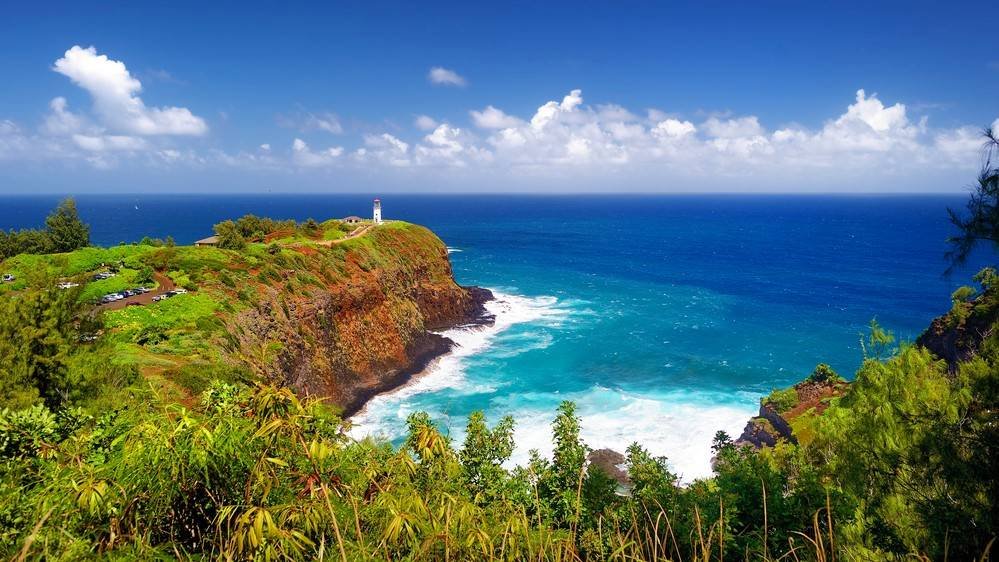
Heading to Hawaii? Check out these two incredible national parks! Hawai’i Volcanoes National Park and Haleakala National Park were formerly part of the same park, Hawaii National Park.
Hawai’i Volcanoes National Park is home to active volcanoes, lush rainforests, and numerous hiking trails. Explore a diverse landscape with crater lakes, lava tubes, and volcanic craters like Kilauea.
Haleakala National Park is just as breathtaking. You can find sprawling grasslands, lava fields, deserts, and subalpine forests here. Don’t forget to take in the gorgeous views from atop its summit.
Experience both of these amazing parks for yourself: 4 reasons why you should visit are:
- Discover unique landscapes & ecosystems.
- Enjoy stunning vistas from Puu Ulaula Summit, the highest point of Maui
- Explore untouched wilderness areas.
- Hike through ever-changing terrain.
History of Hawaii Volcanoes National Park

Hawaii Volcanoes National Park was established in 1916 as Hawaii National Park. It covers two active volcanoes, Kilauea and Mauna Loa. Not only is it one of the oldest national parks in the United States, but it’s also one of the most diverse. The park is a refuge for 23 endangered species, such as the nene (Hawaiian goose) and Hawaiian hoary bat. In addition to these animals, the park is home to over 200 archaeological sites and 500 known species of plants.
Because of its cultural and natural significance, the park was designated an International Biosphere Reserve in 1980 and a World Heritage Site in 1987. The designation made it part of a select group of global sites recognized for their exceptional value to humanity. The park has been featured in a coin series called America the Beautiful Quarters by U.S. Mint.
Recent Activity
Despite being a popular tourist attraction, Hawaii Volcanoes National Park closed to the public due to explosions and toxic ash clouds in May 2018. Since then, portions reopened in September 2018. Following a lull in eruptive activity, a new eruption began at Kilauea in December 2020, prompting further closures.
In 2023, Most parts of the park are open; however, some roads, trails, and the Jaggar Museum remain closed. So if you’re planning a visit, check the official website first.
Haleakala National Park

Haleakala National Park is on the beautiful island of Maui, Hawaii, and this 30,183-acre national park is a must-see for any nature lover. Established in 1976 and expanded in 2005, it’s home to 24,719 acres of pristine wilderness.
From breathtaking views atop the mountain to lush hiking trails, there’s something here for everyone. You can find plenty of opportunities to explore the park’s diverse landscapes, from volcanoes to streams, forests to grasslands. Whether you’re an experienced hiker or just starting out, you’ll be sure to have a memorable experience.
You can also spot some incredible wildlife while you explore. From the nene (Hawaiian goose) to the Hawaiian hoary bat, you might even glimpse rare endangered species like the hawksbill sea turtle and the Hawaiian monk seal. Their habitats are protected within the park’s boundaries, making Haleakala National Park a true natural sanctuary.
If that wasn’t enough, the night skies are equally impressive. On clear nights, you can look up to see starry constellations and galaxies far beyond our own. It’s truly a sight to behold – perfect for stargazing, astrophotography, and soaking in the beauty of the universe.
Popular Locations
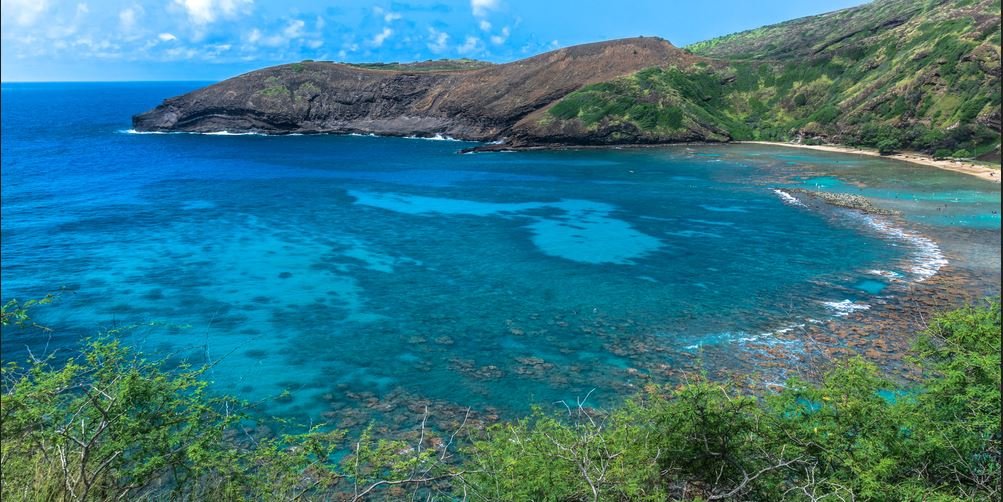
Hawaii’s national parks boast some of the most incredible outdoor locations in the world. Hawaii has various stunning natural attractions, with over 700 miles of coastline. Recent surveys show that between one and two million visitors flock to these sites each year! National Parks offer exotic destinations and unforgettable adventures.
One popular destination is Hanauma Bay Nature Preserve on Oahu – one of Hawaii’s top snorkeling spots. You can explore crystal clear waters teeming with marine life, from colorful coral reefs to friendly sea turtles! For those seeking a more adventurous journey, there’s the Kalalau Trail along Kauai’s majestic Nāpali Coast. This 11-mile route offers breathtaking views as it winds through lush valleys and cliffs.
Another great spot is Waimea Canyon State Park, located on Kauai island. Nicknamed “The Grand Canyon of The Pacific,” this dramatic landscape features deep gorges, vivid red rocks, and sweeping ridges that stretch almost ten miles long and up to 3,000 feet deep.
And if you’re feeling extra daring, don’t miss out on conquering Mauna Kea Summit – standing at 13,803 feet or 4,207 meters tall, it’s the highest mountain peak in all of Hawaii!
Flora And Fauna
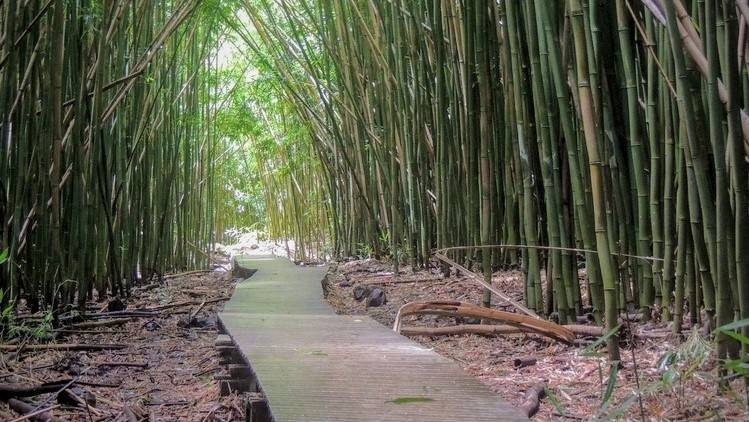
Hawaii’s national parks boast diverse flora and fauna, some endemic to the islands while others are found only in certain areas. The Hawaiian flora has over 2,000 species, including several endangered plants that you can see in Hawaii Volcanoes National Park. The park has many native species, such as ‘ohi’a ha (Metrosideros polymorpha) and hala pepe (Pleomele hawaiiensis). Along with its lush vegetation, the park provides a habitat for numerous rare birds, which you may encounter during hikes through the rainforest or near craters on Mauna Loa.
On the other hand, Hawaii’s marine life includes an array of colorful fish and coral reefs that thrive along its coasts. These waters provide refuge for threatened species like green sea turtles and false killer whales. Haleakalā National Park is another excellent spot for viewing wildlife; visitors may observe nēnē geese, mouflon sheep, pueo owls, and many more animals roaming around this unique landscape.
Safety Tips

Hawaii’s national parks have a vast array of wildlife and flora, but with that comes the need for visitors to be aware of their surroundings. Thousands of people visit these beautiful areas each year, so it is essential to know how to stay safe while enjoying nature. Here are some safety tips for those exploring Hawaii’s national parks:
- Stay on marked trails and overlooks, and avoid earth cracks and cliff edges. Do not enter closed areas.
- People with heart or respiratory problems, infants, young children, and pregnant women should check the air quality alert before visiting.
- Slow down when driving and expect long waits for parking spots at popular locations. Bring a rain jacket and wear long pants and closed-toe shoes.
- Use only open trails, stay away from cliffs and steam vents, wear sturdy shoes, bring sunscreen and water, and don’t hike alone.
- Be aware of wildlife, never approach animals, and keep food stored away while not in use.
- Buckle up while driving, be attentive to other vehicles, pedestrians, and bicycles, and drive responsibly.
Firstly, always pay attention to signs posted around the park. These will alert you to potential hazards such as dangerous animals or terrain. Be sure to follow any directions staff members give to keep yourself and others out of harm’s way.
Additionally, if you plan on hiking or camping overnight, be prepared with plenty of supplies, including food, water, flashlights, and warm clothing, just in case something unexpected happens during your adventure.
Be mindful of your belongings since theft can occur at national parks. It is best not to carry valuables like jewelry or large amounts of cash when visiting the park and try to store items securely.
Lastly, ensure someone knows where you are going and what time you expect to return home should anything happen unexpectedly during your trip.
Accommodations
Coincidentally, you may need a place to stay while exploring the majestic national parks of Hawaii. Whether it’s a hotel, camping site, resort cabin, or hostel – there are numerous options available for all types of travelers.
Here is a list of accommodations that will make your next trip unforgettable:
- Hotels offer convenience and pampering amenities such as spa services and plush linens;
- Camping grounds provide an opportunity to get close to nature with breathtaking views and delightful sounds;
- Resorts have cabins equipped with modern conveniences plus activities like beach volleyball and kayaking.
Activities For Visitors
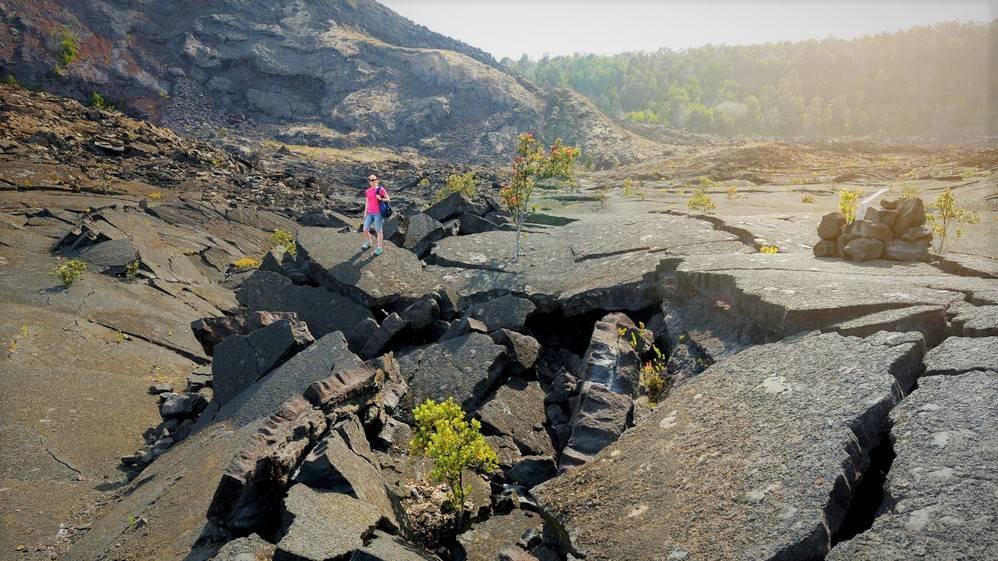
Hawaii’s national parks offer various activities for visitors to enjoy. From hiking trails that wind through lush rainforests and waterfalls to snorkeling spots full of vibrant marine life, there is something for everyone in these parks. Kayaking excursions are also available to take you along the coastline or out into open waters, allowing you to explore even more of Hawaii’s natural beauty.
- Crater Rim Drive Tour
- Day Hiking in Hawaii’s National Parks
- Backcountry Hiking in Hawaii
- Discover the Kahuku Unit
- Drive Chain of Craters Road
- Charter Fishing
Wildlife watching is another popular activity among nature enthusiasts visiting the islands.
The national parks have plenty of opportunities to observe unique species such as sea turtles, humpback whales, dolphins, sharks, and much more.
Beach camping is also allowed at specific sites so visitors can stay overnight and experience all Hawaii offers, from sunset to sunrise. (read more about Hawaii travel here).
Cultural Significance
Hawaii’s National Parks are a rich source of Hawaiian heritage and culture. They allow visitors to experience traditional customs, such as hula dancing and lei making.
At various parks across the islands, one can find cultural celebrations taking place throughout the year. From honoring ancient gods in Makahiki festivals to commemorating Hawaiian royalty at Ho’olaule’a parties, these special events showcase the unique customs passed down through generations.
In addition to providing visitors with glimpses into Hawaii’s past, many national parks also feature archaeological sites and historical attractions. Exploring heiau (temples) or visiting old missionary homes provides insight into Hawai’i’s history when foreign ships first arrived centuries ago.
Is There A Fee To Enter Hawaii’s National Parks?
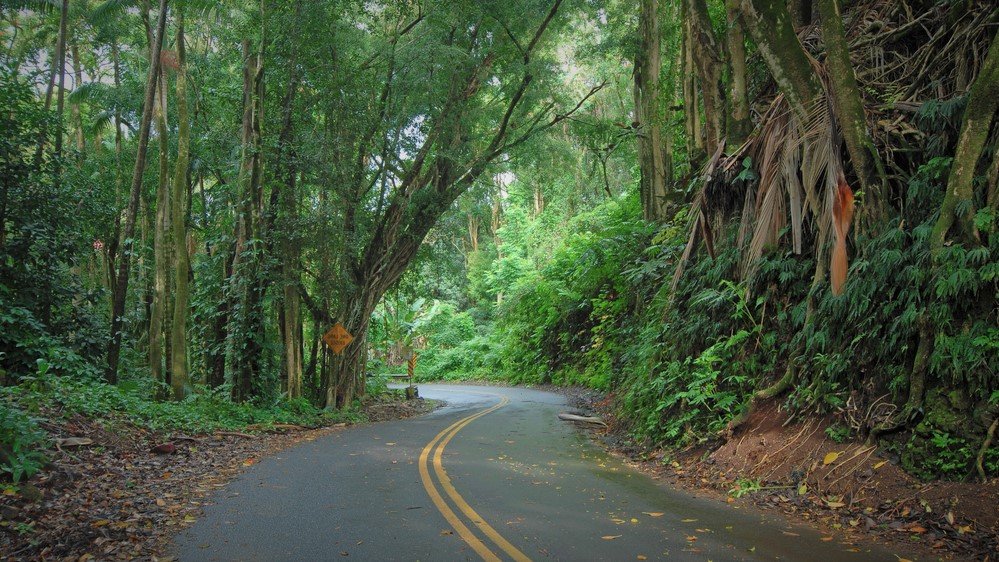
Hawaii National Park’s Fees & Passes:
- Private Vehicle Pass ($30, valid for seven days)
- Motorcycle Pass ($25, valid for seven days)
- Pedestrian/Cyclist Pass ($15, valid for seven days)
- Hawai’i Tri-Park Annual Pass – $55, 12 months
- Non-commercial groups – $15/person
- Digital Passes are available through recreation.gov
- Passes are non-transferable
- Motorcoaches are prohibited in large sections of the park
- Large vehicles are restricted to certain roads
- No fees for those 15 and under
- Federal Land Pass, Annual Pass – $80
- Annual Military Pass – FREE*
- Fourth Grade Pass – FREE
- Senior Pass – $20
- Lifetime Senior Pass – $80
- Access Pass – FREE
- Volunteer Pass – FREE (250 hours of service required)
- Gold Star Family & U.S. Veteran Pass – FREE
Each campground may have special permits and fees and may require reservations. You can pay the fees online through recreation.gov or at the entrance during staffed hours.
There are a few days during the year that are free. Here are 2023’s Fee Free Days:
- January 16: Birthday of Martin Luther King Jr.
- April 22: First day of National Park Week
- August 4: Anniversary of the Great American Outdoors Act
- September 23: National Public Lands Day
- November 11: Veterans Day
Are There Guided Tours Available?
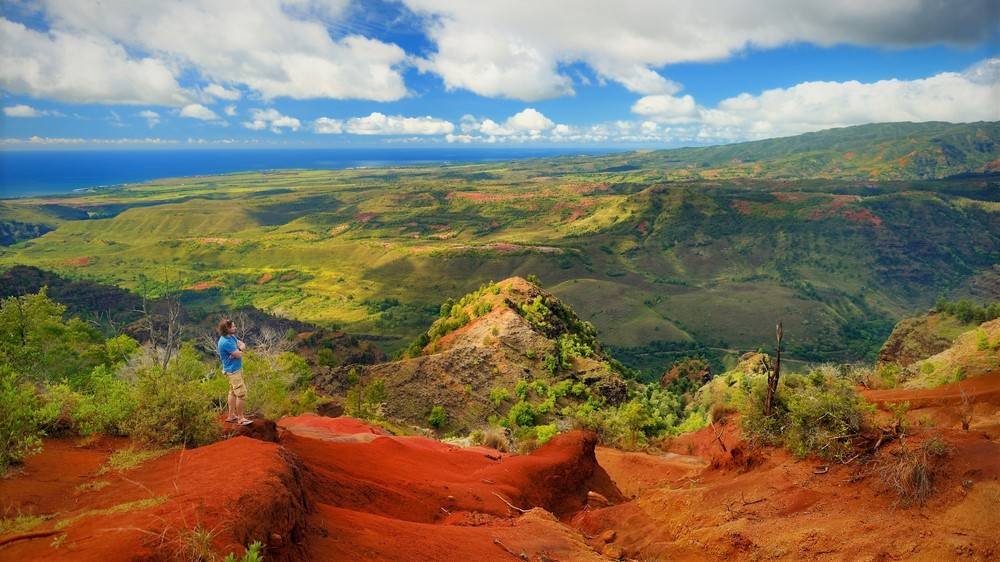
A journey of a thousand miles begins with one step. Exploring Hawaii’s National Parks is no exception to this, and guided tours are available! There are several options for visitors looking to enjoy a guided tour through these beautiful and diverse parks.
Whether you’re looking for an in-depth look at park ecology and history or want to relax and take in the scenery, many tour guides offer packages tailored to suit your needs.
From private charters providing access to secluded beaches and hidden waterfalls to multi-day camping excursions on hiking trails, any traveler can find something extraordinary when they explore the natural beauty of Hawaii’s national parks with a knowledgeable guide.
Tour groups will often have knowledgeable local experts who specialize in providing insight into cultural aspects and unique ecological features within each park.
Book yourself onto one of these amazing guided tours!
Is Camping Allowed In The Parks?
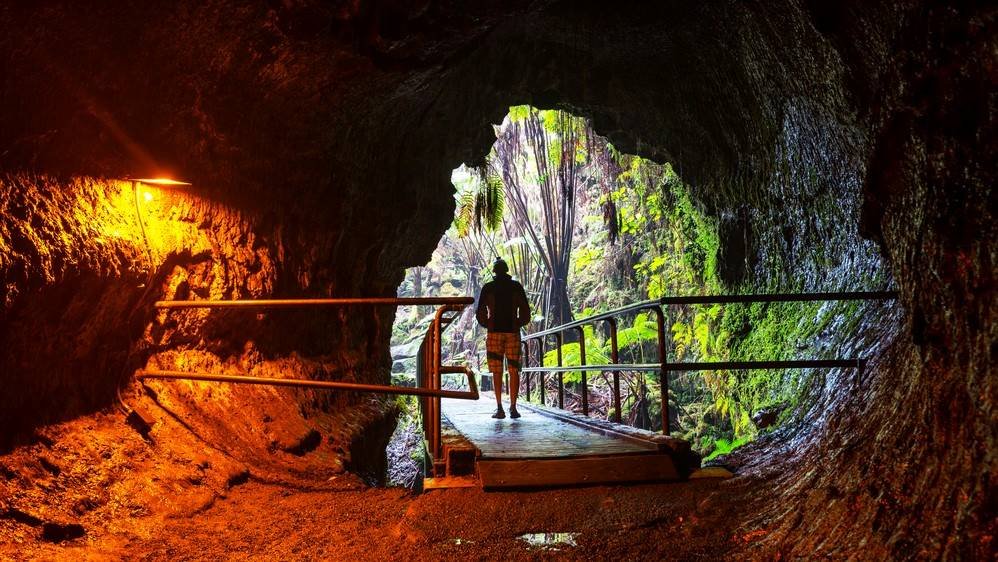
Camping in Hawaii’s national parks is a popular way to experience the beauty of these sites. With breathtaking views, stunning hikes, and plenty of wildlife, it’s no wonder why campers would want to stay overnight. However, camping in Hawaii’s many national parks has specific rules and regulations. Here are some essential facts about camping in Hawaii:
- Campsites may require camping permits for all visitors staying overnight at any park site.
- Many areas within the national parks have specific restrictions regarding the types of tents or fires that you can use.
- Usually, only two vehicles per campsite are allowed (not including motorcycles).
- Depending on the type of permit issued, there may also be restrictions on how long you can stay.
It is important to note that not all camping locations in Hawaii allow open fires, so check before planning your trip accordingly.
Additionally, there may be special requirements for sanitation and other safety measures, such as bear protection if necessary.
Lastly, always leave the area exactly how you found it by packing out whatever trash was brought into the park when leaving.
With this knowledge, adventurers should feel confident exploring nature while participating in responsible and sustainable camping practices while visiting Hawaii’s majestic national parks!
Hawaii National Park Laws & Policies
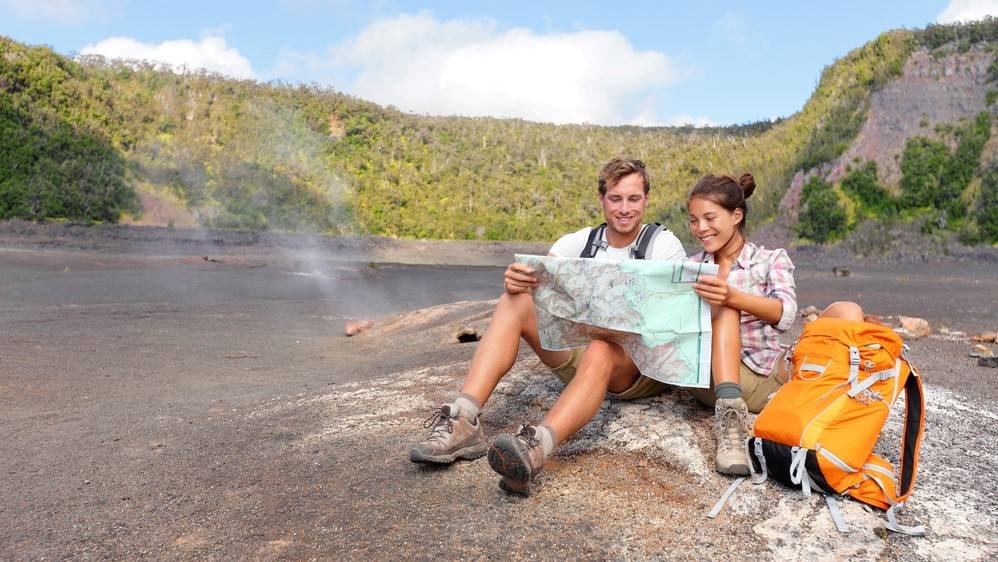
Are there restrictions on what activities are allowed in the parks? Oh, you better believe it! After all, we don’t want to be overrun by reckless campers and adventurers marauding through our beautiful national parks. Here are some guidelines:
- Launching, landing, or operating unmanned aircraft is prohibited in Hawaii Volcanoes National Park without approval.
- Federal law and applicable state, local and federal laws regulate the possession of firearms. Visit the Hawaii Revised Statutes website for more information.
- Facilities marked with signs prohibit certain activities, such as firing ranges or hunting areas.
- The Superintendent’s Compendium outlines specific regulations regarding the possession of firearms and use of unmanned aircraft within the park.
For starters, hiking is a highly encouraged activity in the parks. However, visitors should watch for any wildlife they encounter during their journey; respecting and maintaining a safe distance from them is critical.
Swimming is also permitted but with several caveats: certain areas may not permit swimming due to underwater currents or local regulations.
Biking is another popular pastime, although users must always wear helmets while biking around the park trails and abide by speed limits at all times.
You may enjoy photography, but be sure to consider other people’s privacy rights and those of any animals or plants you might find along your route.
Overall, it’s important to remember that these national parks are public for everyone to enjoy responsibly – so let’s do just that! When visiting a national park, you stick to the rules and respect nature – because preserving Hawaii’s beauty means protecting its treasures.
Are There Any Special Permits Needed To Visit The National Parks?
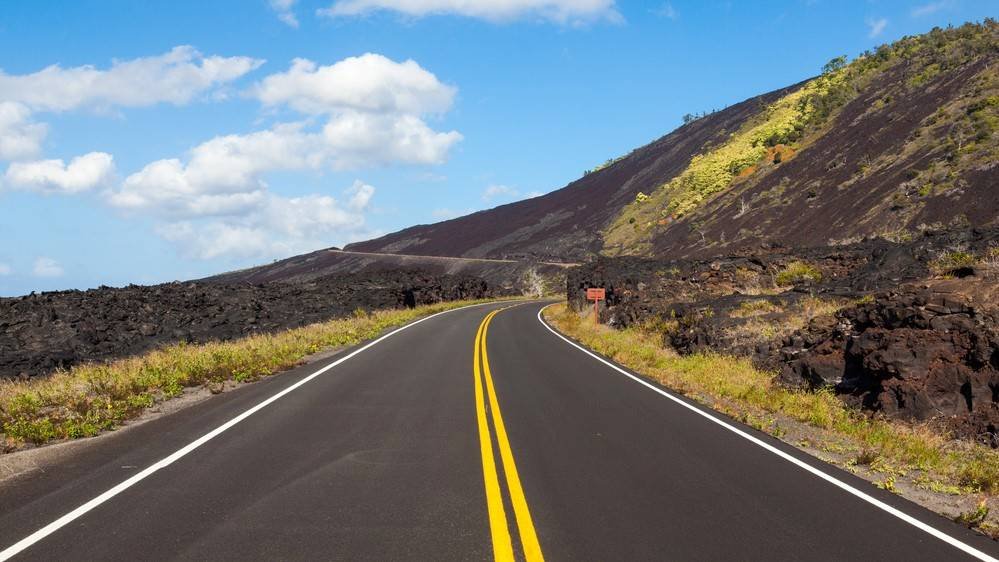
Visiting Hawaii’s national parks requires some preparation and special permits. Before embarking on your adventure, you should know the permit requirements for each park.
- Commercial Use Authorizations may be issued to individuals, corporations, and entities to provide commercial services to park visitors.
- You must apply for a research permit.
- Film permits are not necessary for everyday activities.
- Still-photography may need to apply for a film permit.
- Weddings, ashes scattering, or particular uses require a permit (read more here).
The Hawaii park permit requirements can vary from park to park, and some may require a special permit or have restrictions on activities allowed in the park. Here are four critical points about obtaining a permit for visiting Hawaii’s national parks:
- Most parks will require an approved access permit before entering;
- You may need special permits if engaging in certain activities such as hunting, camping, collecting plants or rocks, using drones, etc.;
- You may have to pay a fee depending on the permit and activity.
- You can find most permit applications online at Hawaii State’s websites.
Before your trip, you should research what you need to know your specific requirements when you arrive.
- Research laws or regulations specific to the area they plan to visit.
- Remember that even if no fee is associated with a particular permit, there may still be requirements you should follow.
- Keep noise to a reasonable level.
- Leave no trace behind to maintain Hawaii’s natural beauty.
- Be responsible and follow all rules.
By doing so, you can help others have a positive experience when visiting Hawaii.

